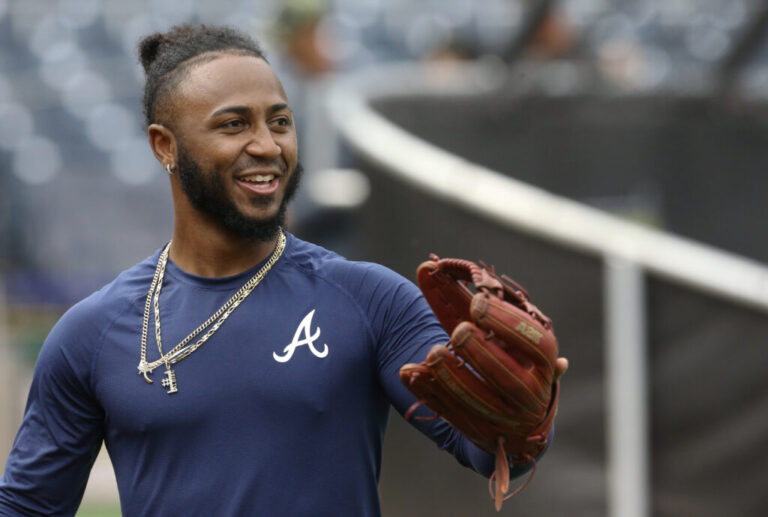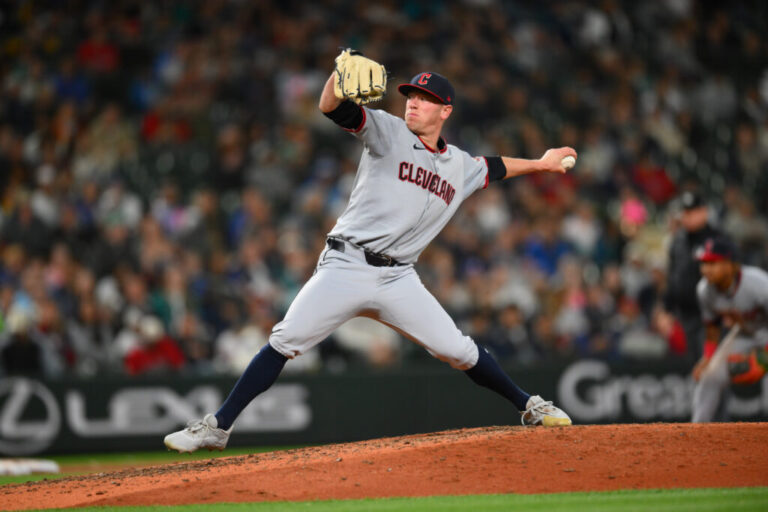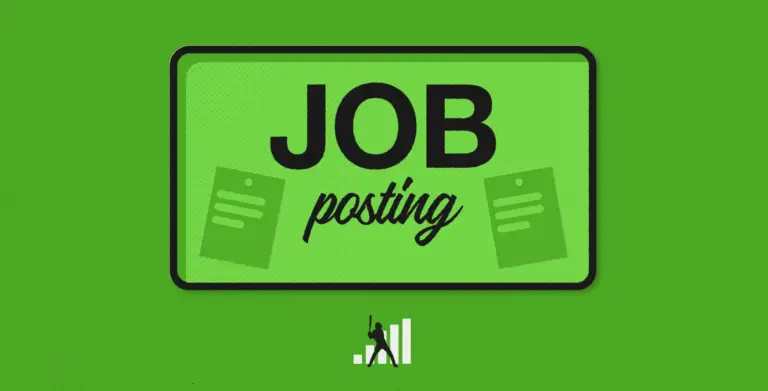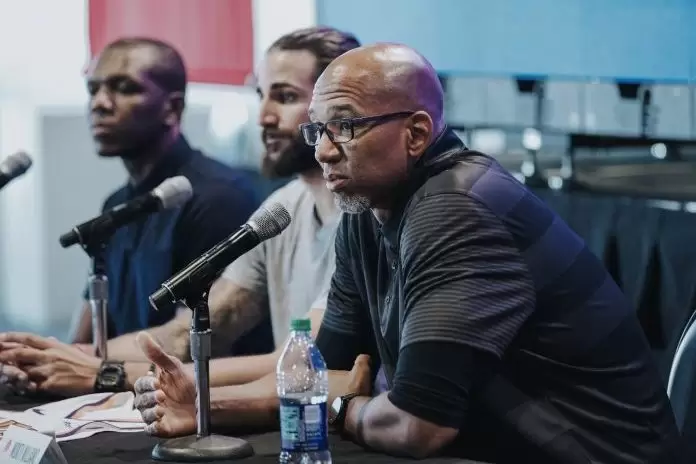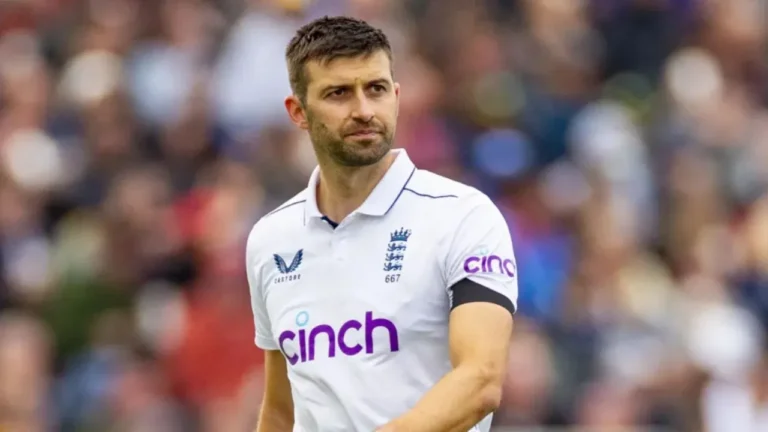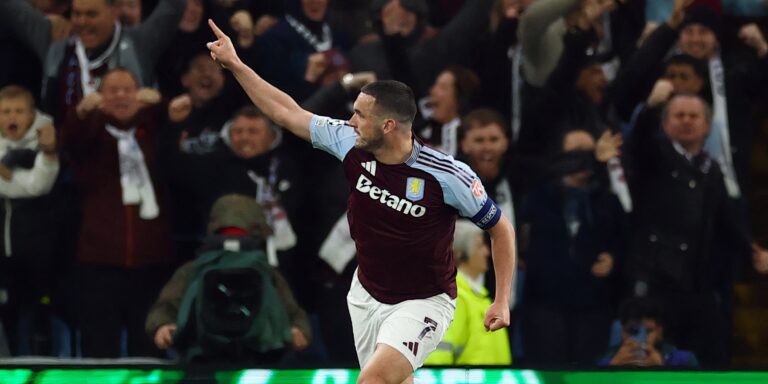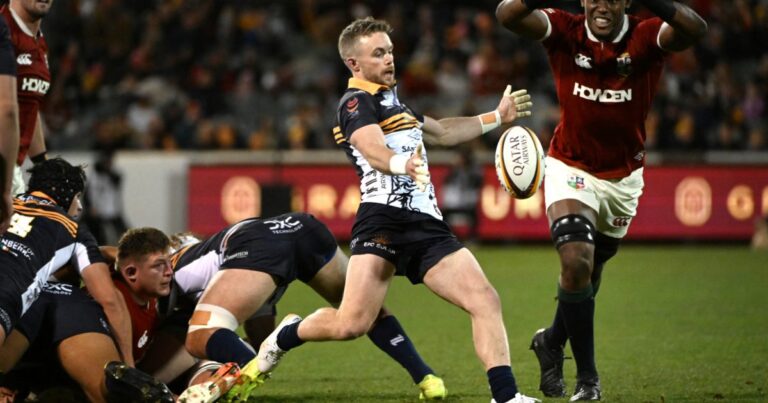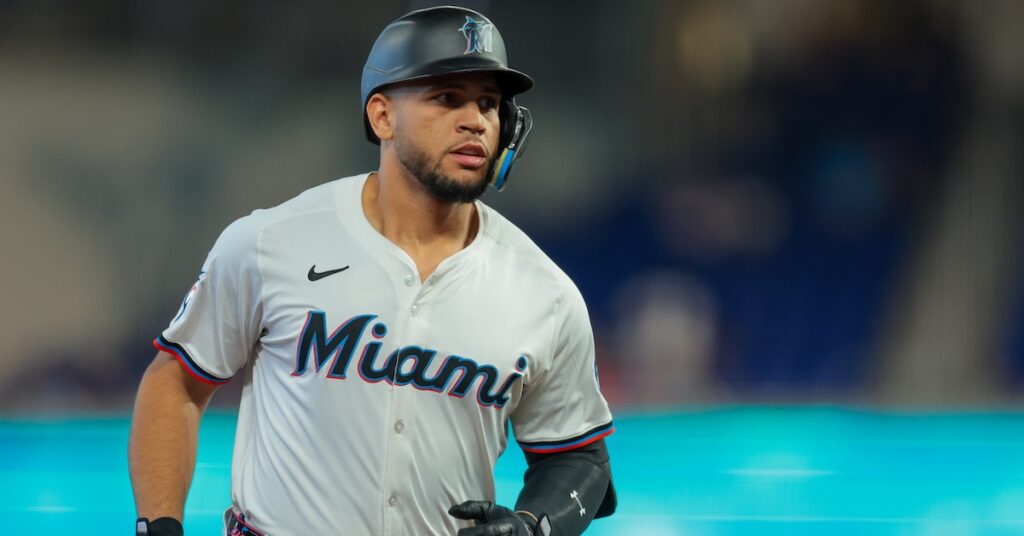
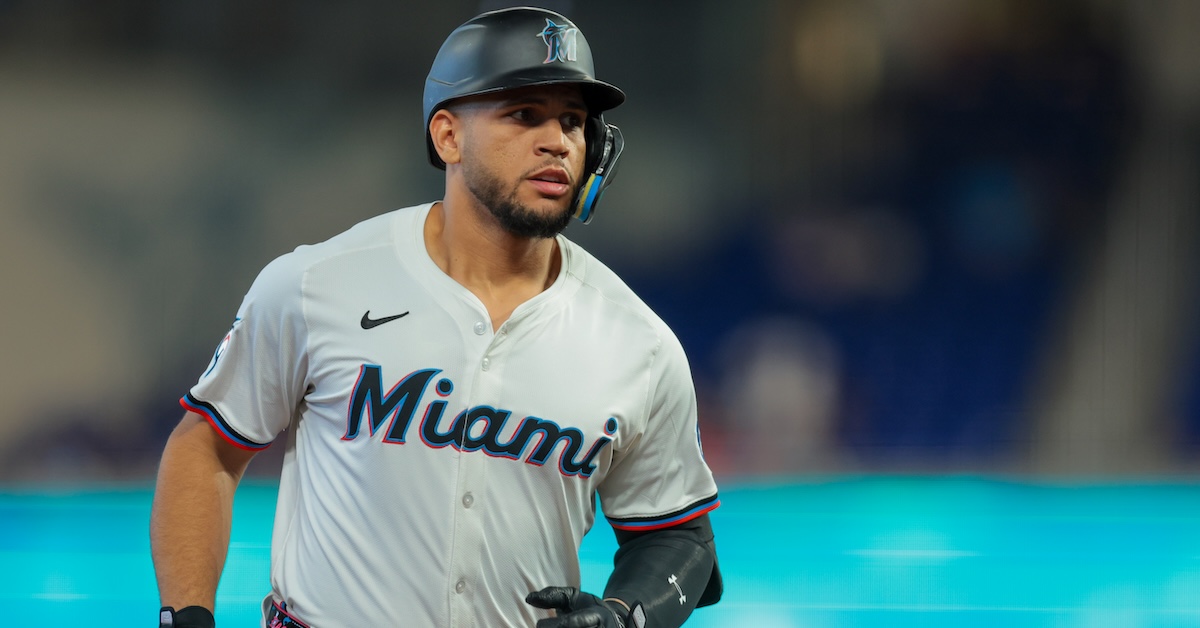
Below is an analysis of the prospects in the farm system of the Miami Marlins. Scouting reports were compiled with information provided by industry sources as well as my own observations. This is the fifth year we’re delineating between two anticipated relief roles, the abbreviations for which you’ll see in the “position” column below: MIRP for multi-inning relief pitchers, and SIRP for single-inning relief pitchers. The ETAs listed generally correspond to the year a player has to be added to the 40-man roster to avoid being made eligible for the Rule 5 draft. Manual adjustments are made where they seem appropriate, but we use that as a rule of thumb.
A quick overview of what FV (Future Value) means can be found here. A much deeper overview can be found here.
All of the ranked prospects below also appear on The Board, a resource the site offers featuring sortable scouting information for every organization. It has more details (and updated TrackMan data from various sources) than this article and integrates every team’s list so readers can compare prospects across farm systems. It can be found here.
Other Prospects of Note
Grouped by type and listed in order of preference within each category.
DSL Pitching
Adriano Marrero, RHP
Ramon Sanchez, RHP
Elier Morillo, LHP
Marrero is a 17-year-old DSL righty with a 3,000 rpm slider and an average changeup. He’s only sitting in the upper 80s right now and is relatively physically mature, but if better mechanical sequencing can improve his velocity and control, he’ll become very interesting very quickly. His delivery is out of sync a lot of the time right now. Sanchez is a 23-year-old short-striding DSL righty who was released by the Rays last summer, but was sitting 94-96 toward the end of last week in his first outing with the Marlins. Morillo is a 5-foot-11 teenage lefty in his second DSL season. He’s sitting 91-94 with flat angle and carry, and bending in a plus-flashing curveball in the 76-79 mph range with 18 inches of horizontal break. His numbers are absurd, but his command is much more wayward than his walk rate might lead you to believe, so for now he’s more of a DSL sleeper than a true prospect.
DSL Hitters
Anthony Abreu, INF
Luis Arana, INF
Diwarys Encarnacion, 2B/3B
Abreu is a fairly physical 6-foot-1, lefty-hitting infielder with above-average low-ball bat speed. His swing’s length has his contact rate hovering around 70%, which isn’t great in the DSL, but there’s enough lefty pop here to make Abreu a notable prospect, especially if he can stay at shortstop or third base. Arana and his funky, duck-footed batting stance has been the toughest Marlin to strike out in the DSL, as he’s running a 3% strikeout rate and 89% contact rate as of publication. He isn’t a toolsy athlete or anything like that, so he’ll need to keep hitting near this level as he climbs to prove it’s real, and for now, I’m skeptical. Another guy whose K% has been low enough to merit a scouting double check, Encarnacion is a slightly older DSL infielder with an inside-out swing and strong hands in the box.
Players Traded For
Garret Forrester, C/1B/3B
Abrahan Ramirez, 2B/3B
Emaarion Boyd, CF
Echedry Vargas, 2B/3B
Jay Beshears, 1B
John Cruz, OF
Shane Sasaki, CF
Brayan Mendoza, LHP
Forrester was a career .326/.470/.500 hitter at Oregon State who was traded to Miami as part of last year’s Bryan De La Cruz swap with Pittsburgh. The Pirates initiated a catcher conversion attempt here, which Miami has continued. Forrester is incredibly selective and isn’t a bad oppo contact hitter, but he lacks bat speed. His prospectdom is dependent on him improving as a receiver. Ramirez came over from the Yankees as part of last year’s Jazz Chisholm Jr. trade. He’s a slick third base defender with good hitting hands, but he lacks anything close to the power necessary to profile there. He’s a smaller-framed 20-year-old who, barring him really outgrowing the strength projection for an athlete his size, realistically has a bench infield ceiling. Boyd was a Phillies high school draft pick who was traded to Miami as part of the Jesús Luzardo deal. His early-career contact performance was impressive and his ability to button fastballs (92% contact rate) continues to be so, but Boyd is allergic to spin and has a 62% contact rate against secondary pitches. That’s an enormous gap. He has become a better center field defender during the last two seasons, but he probably needs to become plus or better out there to be rostered.
Vargas, who was acquired from Texas in last year’s Jake Burger trade, is a pull-rate darling whose spray chart looks like a shrunken version of Isaac Paredes‘, with a ton of airborne pull contact against pitches all over the zone. Vargas is a small-ish athlete without big raw power, and he’s also been one of the more chase-prone hitters in the minors the last several years. Beshears transferred from Northwestern to Duke for his draft year, was San Diego’s sixth rounder, slugged his way to High-A, then was traded to Miami in the Tanner Scott deal. He has a .750 OPS at Beloit and has roughly average big league raw power at age 23, but the concern here is Beshears’ defense. He’s rapidly trending toward a first base-only fit and needs work to be good there. Cruz and Sasaki were acquired as part of the three-way Ben Rortvedt trade. Cruz, originally a Yankee, is super projectable 19-year-old outfielder with a long swing. He’s struggled to hit above .200 since leaving rookie ball. Sasaki was a Hawaiian high schooler originally signed by the Rays who is now a Double-A center fielder and nice upper-level depth guy because of his defense. Mendoza is a soft-tossing 21-year-old lefty starter who came from Texas in the Burger trade. He’s in Beloit’s rotation working with a 90-mph fastball and 45-grade secondary stuff.
Depth Bats
Troy Johnston, 1B
Johnny Olmstead, SS
Fenwick Trimble, OF
Carlos Sanchez, C
Jesus Hernandez, UTIL
Victor Mesa Jr., CF
Gage Miller, 2B/3B
Johnston has been hovering in this section of the Marlins list for years as an undersized, but hitterish, lefty-hitting first baseman. He’s in his prime and probably has a window looming here where he is an above-replacement player. Olmstead was a senior sign out of USC in 2023 who has already reached Double-A. He can play a pretty good shortstop (he’s plus at third base). Trimble was last year’s fourth rounder out of James Madison, a big-framed, righty-hitting outfielder with a swing that some call “easy and comfortable looking” and others might call “slow” in a bat speed sense. Trimble was hitting well at Beloit and promoted to Pensacola not long before he tweaked his hamstring and was put on the IL. He hasn’t played since mid-May. Sanchez, 20, is a 5-foot-9, Venezuelan switch-hitting catcher with above-average lefty bat speed. The way his hands rip through contact from that side generates fair power for a catcher, but his swing also leaves him vulnerable to fastballs up and away. His throwing isn’t consistent enough to make him a lock at catcher. Hernandez is a 21-year-old Venezuelan third baseman (and 2B/SS/LF) who has posted an above-average hard-hit rate so far this year and hit his way to Beloit. His peak exit velos and visual scouting look do not indicate there’s actually above-average power here. Mesa is a solid average center field defender and therefore a viable depth option, but nothing about his offense is average. Last year’s third rounder out of Alabama, Miller has as many walks as he does strikeouts at Beloit so far this year, but I’m skeptical about his swing playing long-term. It’s not going to produce the kind of power you’re looking for in a part-time 2B/3B, even if the contact portion holds up.
More Relievers
Anderson Pilar, RHP
Freddy Tarnok, RHP
Matt Pushard, RHP
Michael Perez, RHP
Dameivi Tineo, LHP
Jhon Cabral, RHP
Jesse Bergin, RHP
Samuel Carpio, RHP
Pilar was originally a Rockie but elected free agency after the 2023 season, signed a minor league deal with Miami, moved to the bullpen, and had enough of an uptick in stuff to attract the attention of the Braves in last year’s Rule 5 Draft. Pilar didn’t make the team and was returned to the Marlins. He’s a cutter-heavy depth reliever who sits about 93. Tarnok was originally a Brave and made a one-outing big league debut in 2022. He was traded to Oakland as part of the Sean Murphy deal but struggled to break through there in part due to injury. He was a Phillies minor leaguer last year and now is with Miami. Violent deception and a deep repertoire (he has a great curveball) define Tarnok’s abilities. Pushard is a former undrafted free agent from Maine, a big-bodied Triple-A reliever with a 95-mph fastball and two serviceable breaking balls, but crude command. Perez, 22, is a physical Dominican righty flashing a plus curveball and changeup in Jupiter. His fastball movement and command are below average. Tineo is a long-levered lefty with a whippy arm action. He’s sitting 93-94 in Jupiter and has a plus slider, the look of a lefty specialist down the line. Cabral is a nearly 20-year-old FCL righty with big stuff (up to 98, sitting 94-97), but he’s walked over a batter per inning for several years and is now in his third complex season. Bergin is a 25-year-old reliever at Pensacola who’s sitting 93-94 with an average slider and curveball. Carpio is a 22-year-old A-ball reliever sitting in the mid-90s but walking nearly a batter per inning.
System Overview
This is one of the deepest couple of systems in the game, in part because the Marlins have prioritized getting depth back in the trades they’ve made during the early rebuild phase of the Peter Bendix era. Look at last year’s rundown of transactions and you can see the Marlins getting two, three, or more players back in basically every trade they made. A lot of these prospects are lower-ceiling’d role player types, but when you collect enough of those guys and give them prolonged playing time during the early stages of the rebuild, you open your club up to the possibility that a couple of them will exceed your expectations and stick around long enough to be part of the young core. Front-loading the rebuild with acquisitions like this gets the ball rolling on those opportunities right away. You fill the vacuum of your departed players with young players still under team control who might be your team’s Cedric Mullins. This applies to players who aren’t on this list, of course, guys like Kyle Stowers (who I liked as a prospect), Connor Norby (who I mostly didn’t), Xavier Edwards, and Otto Lopez, who were all crowded off of other rosters and now get an opportunity to show that they should not have been. This feels a lot like a turbo-charged version of the Rays’ general approach to snowballing talent. The Marlins should continue to be active on the margins of the roster during the times of year when there is more talent floating around on waivers.
Miami also has the most entertaining DSL group I’ve studied during this list cycle. It’s such a talented bunch that I’d buy it if you told me that the city’s proximity to the Dominican Republic gave them a competitive advantage in that market. The high-end pitching the Marlins have down there is amazing. It’s rare for that level to see anyone sitting 95-plus, but the Marlins have several pitchers who are.
The Marlins should be targeting upside in both amateur markets, taking every opportunity to acquire a player who they’d never be able to sign on the open market. It’s going to take stars for them to contend with the Mets and Phillies, and the only way Miami is going to have those is to draft and develop them. Their last couple of drafts have been tailored this way, with the PJ Morlandos and Thomas Whites of the world brought into the fold.
